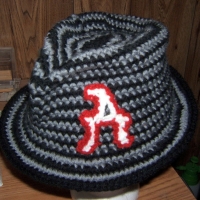Biscuits Supreme
-
 pointsevenout
12 years ago
Flag
pointsevenout
12 years ago
Flag
-
 mrpiggy
12 years ago said:
Flag
mrpiggy
12 years ago said:
Flag
-
 frankieanne
12 years ago said:
Flag
frankieanne
12 years ago said:
Flag
-
 mommyluvs2cook
12 years ago said:
Flag
mommyluvs2cook
12 years ago said:
Flag
-
 pointsevenout
10 years ago said:
Flag
pointsevenout
10 years ago said:
Flag
-
 bakerme
10 years ago said:
Flag
bakerme
10 years ago said:
Flag
-
 pointsevenout
10 years ago said:
Flag
pointsevenout
10 years ago said:
Flag
-
 bakerme
10 years ago said:
Flag
bakerme
10 years ago said:
Flag
-
 pointsevenout
10 years ago said:
Flag
pointsevenout
10 years ago said:
Flag
-
 frankieanne
10 years ago said:
Flag
frankieanne
10 years ago said:
Flag
-
 pointsevenout
10 years ago said:
Flag
pointsevenout
10 years ago said:
Flag
-
 pointsevenout
10 years ago said:
Flag
pointsevenout
10 years ago said:
Flag
-
 pointsevenout
10 years ago said:
Flag
pointsevenout
10 years ago said:
Flag
-
 bakerme
10 years ago said:
Flag
bakerme
10 years ago said:
Flag
-
 lumpygravy
10 years ago said:
Flag
lumpygravy
10 years ago said:
Flag
-
 bakerme
10 years ago said:
Flag
bakerme
10 years ago said:
Flag
-
 lumpygravy
10 years ago said:
Flag
lumpygravy
10 years ago said:
Flag
Have a comment? Join this group first →
Group Details

- Creator
-
lilliancooks

- Type
- Public
- Members
- 601
- Age
- 17 years ago
- Activity
- low
- Membership
- Join the Group
Did you know?
You can find quick links to all discussions you've taken part in via the "Discussions" tab.
